In Vancouver, architect Arno Matis blends Asian and West Coast design

On a corner lot in a traditional Vancouver neighbourhood, architect Arno Matis has created a contemporary home that blends Asian and West Coast features, with a scale and design that still respects the site.
In storied Dunbar, an area carved out of forest a century ago, most of the 1930s and 40s era housing closes itself off to the surrounding greenery, like the tiny neighbouring peaked roof stucco bungalow to the West of the Matis designed home. On the other extreme, new ‘monster’ homes have invaded the neighborhood with loud designs and insensitivity to the surrounding built and natural environment.
Here, Matis has instead created an elegant residence in a palette of wood, stone and glass that opens itself up to the outdoors. And by creating ‘biomimetic’ wooden screens that offer texture and shading, evoking a tree canopy, he has essentially returned the site to the forest. The brief from his clients – a professional couple who travel extensively in Asia – was to create a ‘retreat’ – but one that could accommodate them as well as an aging parent within a relatively small 4000 sq ft footprint (mandated by local zoning).
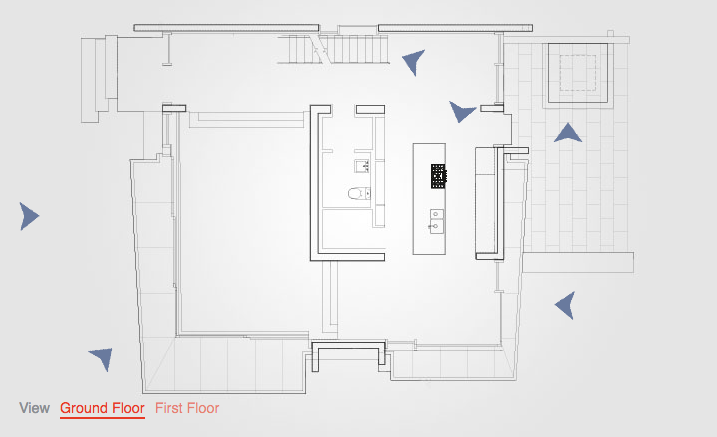
Take an interactive tour of Floating House
Matis’ response was to plan the three-storey home around the central core ‘like a high-rise’ and to ‘make the perimeter as transparent as possible’. Structural elements are contained and minimised, with a central column disguised by two fireplaces, a floating stairwell hanging from a single steel stringer and a cantilevered roof supported by a healthy mix of steel with concrete.
While the architect was partly inspired by Louis Kahn’s Esherick house, unsurprisingly for Matis, who began his career working for Arthur Erickson’s colleague Bing Thom, there are some very Ericksonian moments here as well: West Coast/Asian infused water elements and greenery, including an infinity pool at the south facing entrance, and a waterfall that cascades into an East facing sunken garden, but also a sense of terracing in the sequencing of the house.
From the everyday entrance at the north, the three levels flow into each other with a grace and fluidity. From the garage one enters a courtyard that terraces down into the kitchen, with the sequence continuing into a reflective pool and garden, creating a sense of leaving the outside world behind and entering into a meditative space. But also notable is the use of concrete – that Erickson famously called ‘the marble of our time’.
By developing a special blend of white concrete, white sand and white aggregate, Matis transcends the greyness of the West Coast rainforest. In a subtle play of gravity and light, he has created a translucent lantern house floating on water, gently elevating the neighbourhood aesthetic.
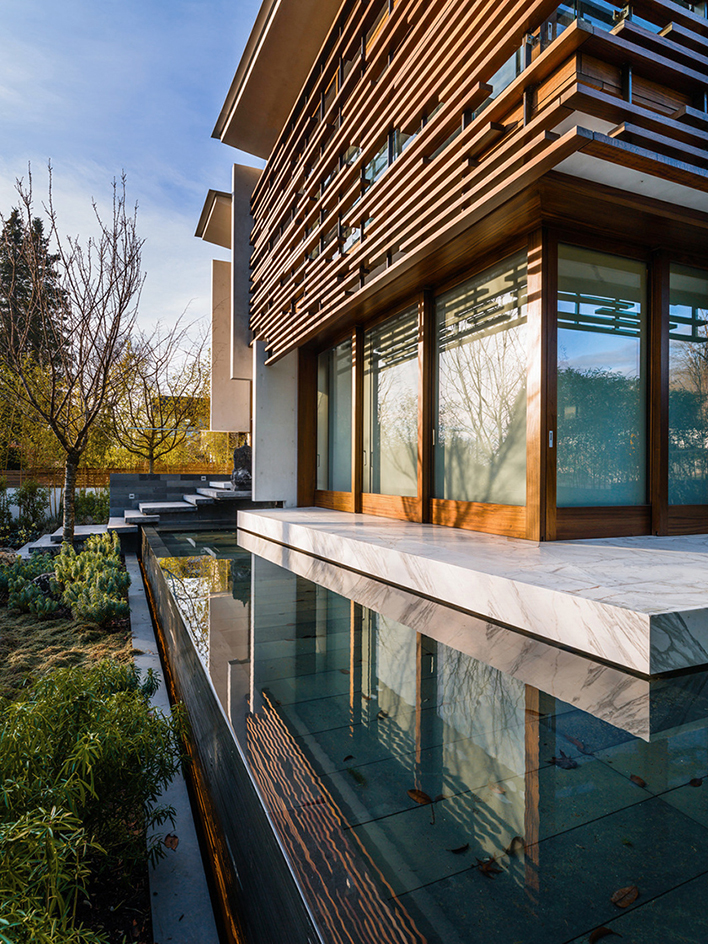
The palette of wood, stone and glass is sensitive to the surroundings
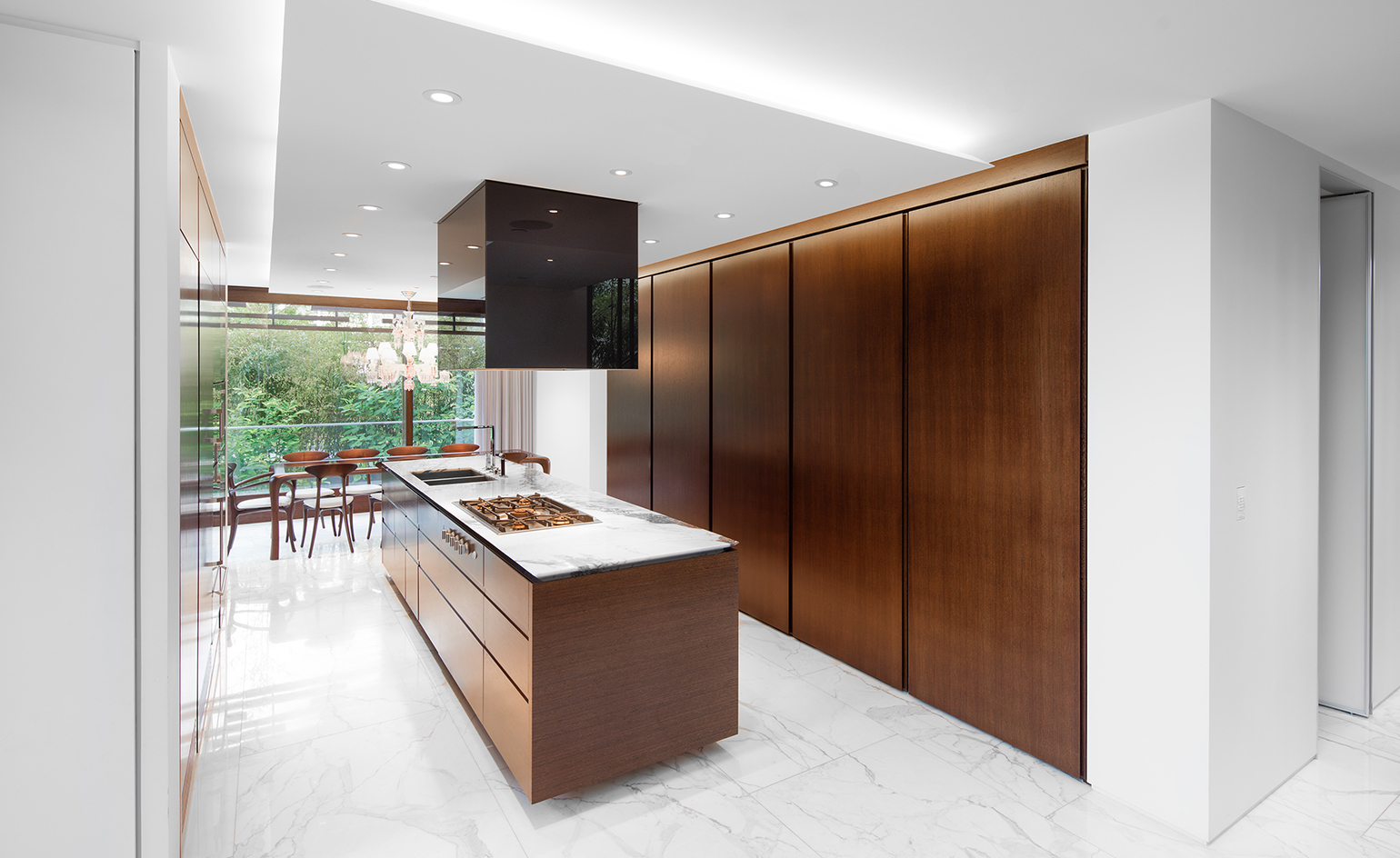
The kitchen on the ground floor of the Floating House
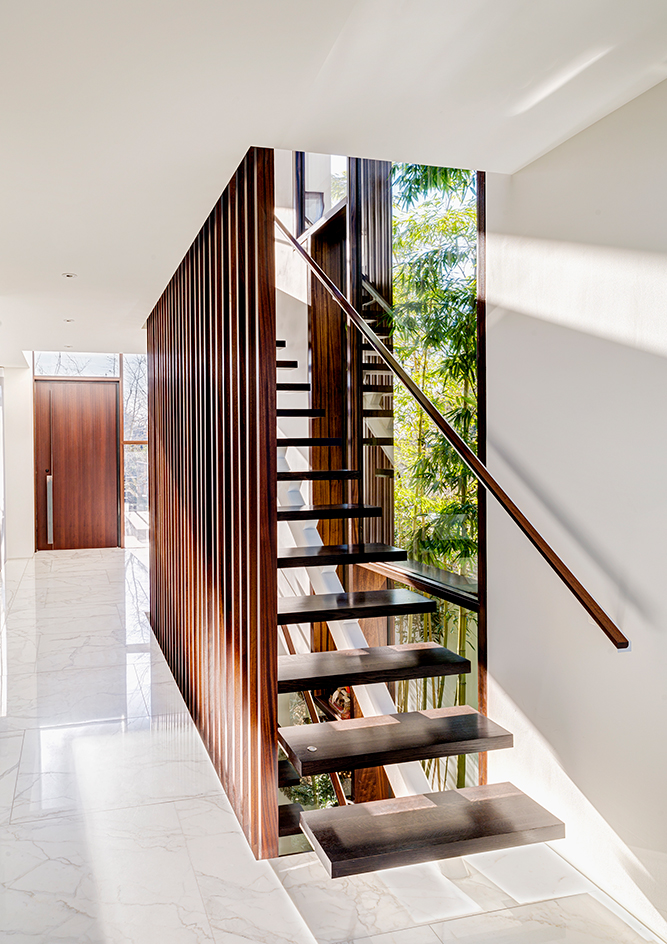
The stairway reflects the biomimetic wooden screens that feature as shades for the extensive glazing
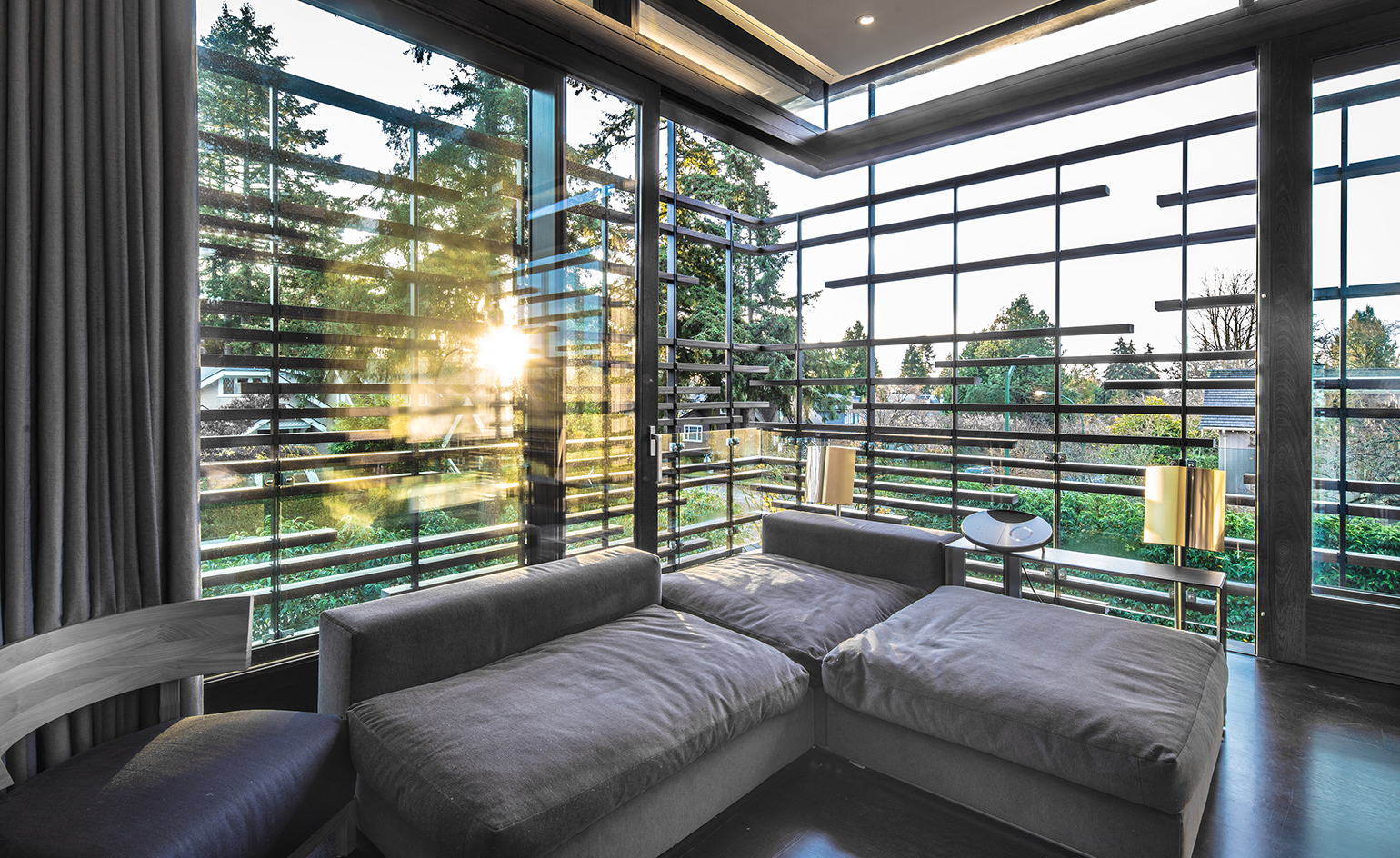
Corner glazing is decoratively ornamented with woodens screening
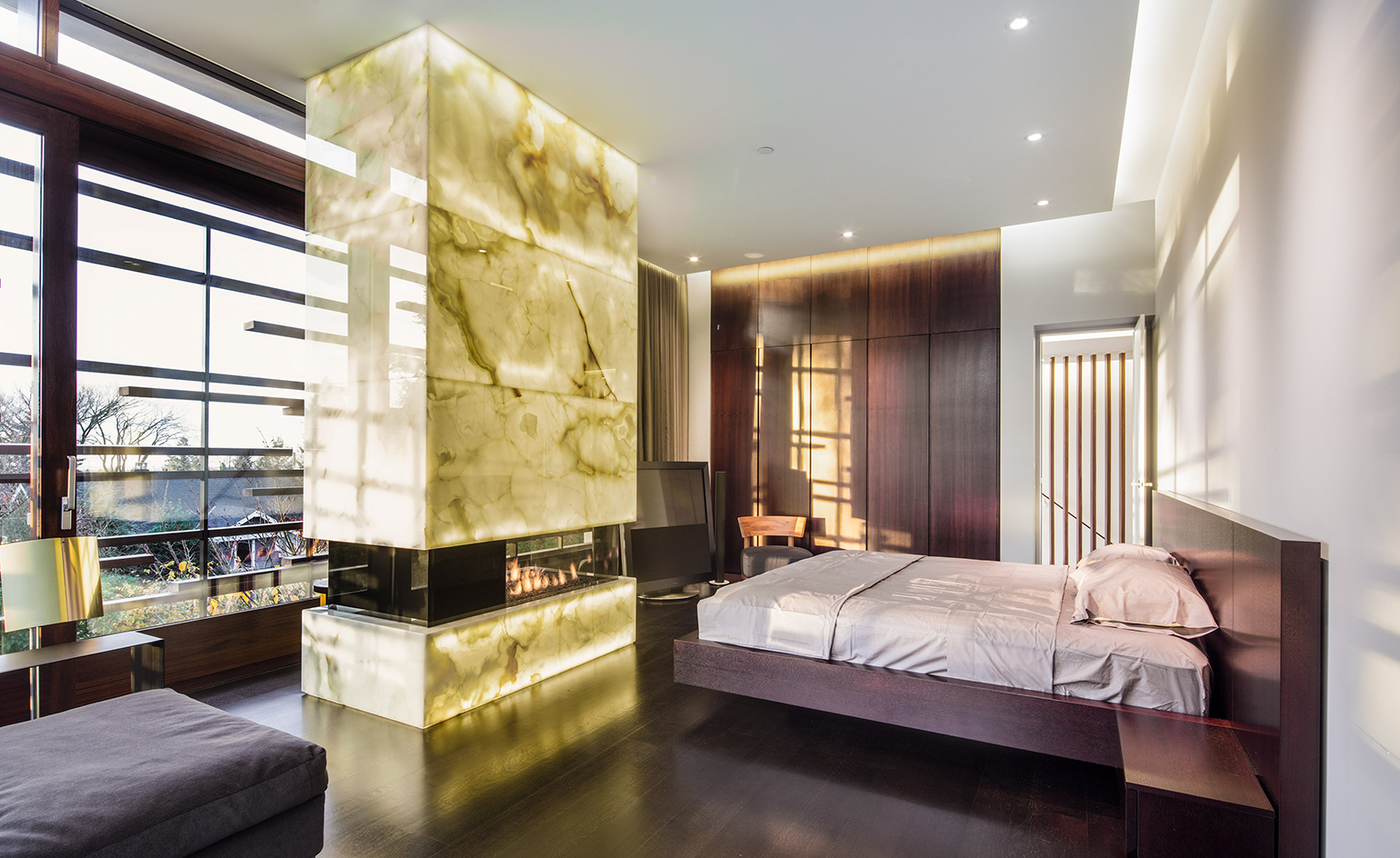
Matis was partly inspired by Louis Kahn’s Esherick house

The master bathroom

Marble floors and surfaces feature throughout the house

A discrete dressing room is included within the master suite
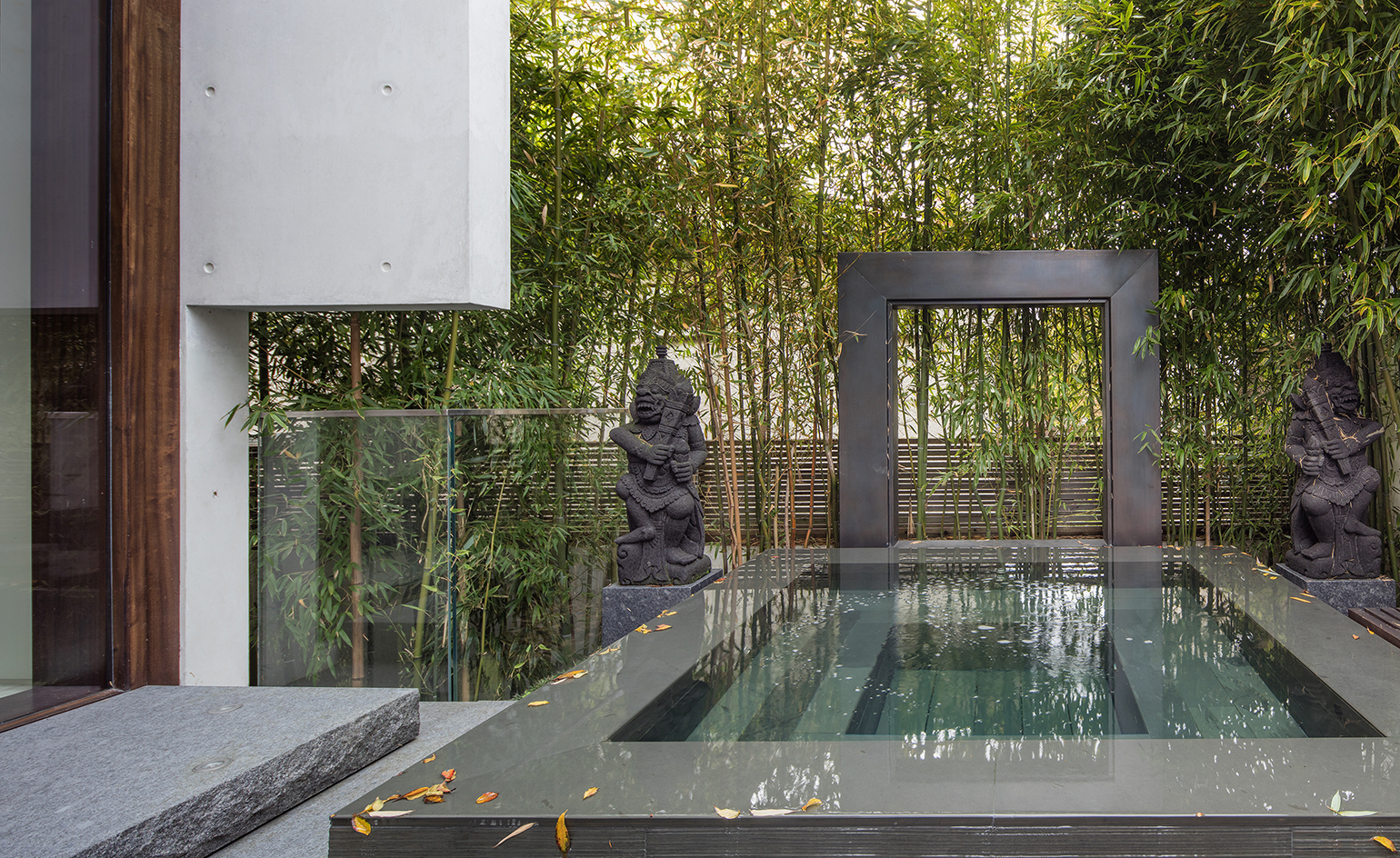
West Coast/Asian infused water elements and greenery feature within the garden where there is an infinity pool at the south facing entrance and a waterfall that cascades into an East facing sunken garden
INFORMATION
For more information, visit the Arno Matis website
Receive our daily digest of inspiration, escapism and design stories from around the world direct to your inbox.
-
 How designer Hugo Toro turned Orient Express’ first hotel into a sleeper hit
How designer Hugo Toro turned Orient Express’ first hotel into a sleeper hitThe Orient Express pulls into Rome, paying homage to the golden age of travel in its first hotel, just footsteps from the Pantheon
-
 These Kickstarter catastrophes and design duds proved tech wasn’t always the answer in 2025
These Kickstarter catastrophes and design duds proved tech wasn’t always the answer in 2025Odd ideas, Kickstarter catastrophes and other haunted crowd-funders; the creepiest, freakiest and least practical technology ideas of 2025
-
 This floating river cabin in Serbia is a peaceful haven inspired by old shipyards
This floating river cabin in Serbia is a peaceful haven inspired by old shipyardsThis Sava River cabin, a floating design by Aleksandar Stanković, is an intimate home, perfect for leisurely afternoons, cold water swimming and weekend stays
-
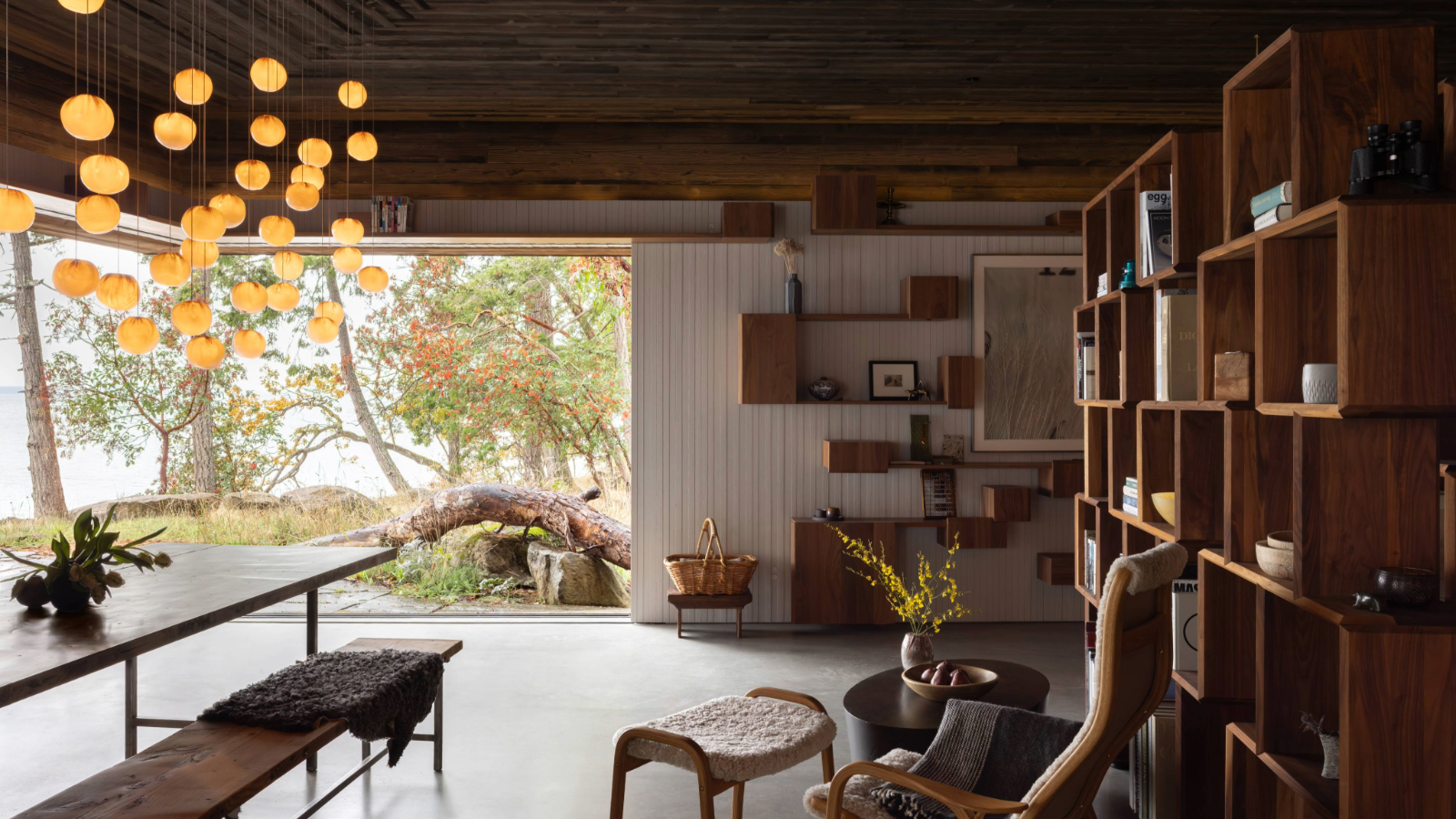 This retreat deep in the woods of Canada takes visitors on a playful journey
This retreat deep in the woods of Canada takes visitors on a playful journey91.0 Bridge House, a new retreat by Omer Arbel, is designed like a path through the forest, suspended between ferns and tree canopy in the Gulf Island archipelago
-
 The Architecture Edit: Wallpaper’s houses of the month
The Architecture Edit: Wallpaper’s houses of the monthFrom Malibu beach pads to cosy cabins blanketed in snow, Wallpaper* has featured some incredible homes this month. We profile our favourites below
-
 Explore the riches of Morse House, the Canadian modernist gem on the market
Explore the riches of Morse House, the Canadian modernist gem on the marketMorse House, designed by Thompson, Berwick & Pratt Architects in 1982 on Vancouver's Bowen Island, is on the market – might you be the new custodian of its modernist legacy?
-
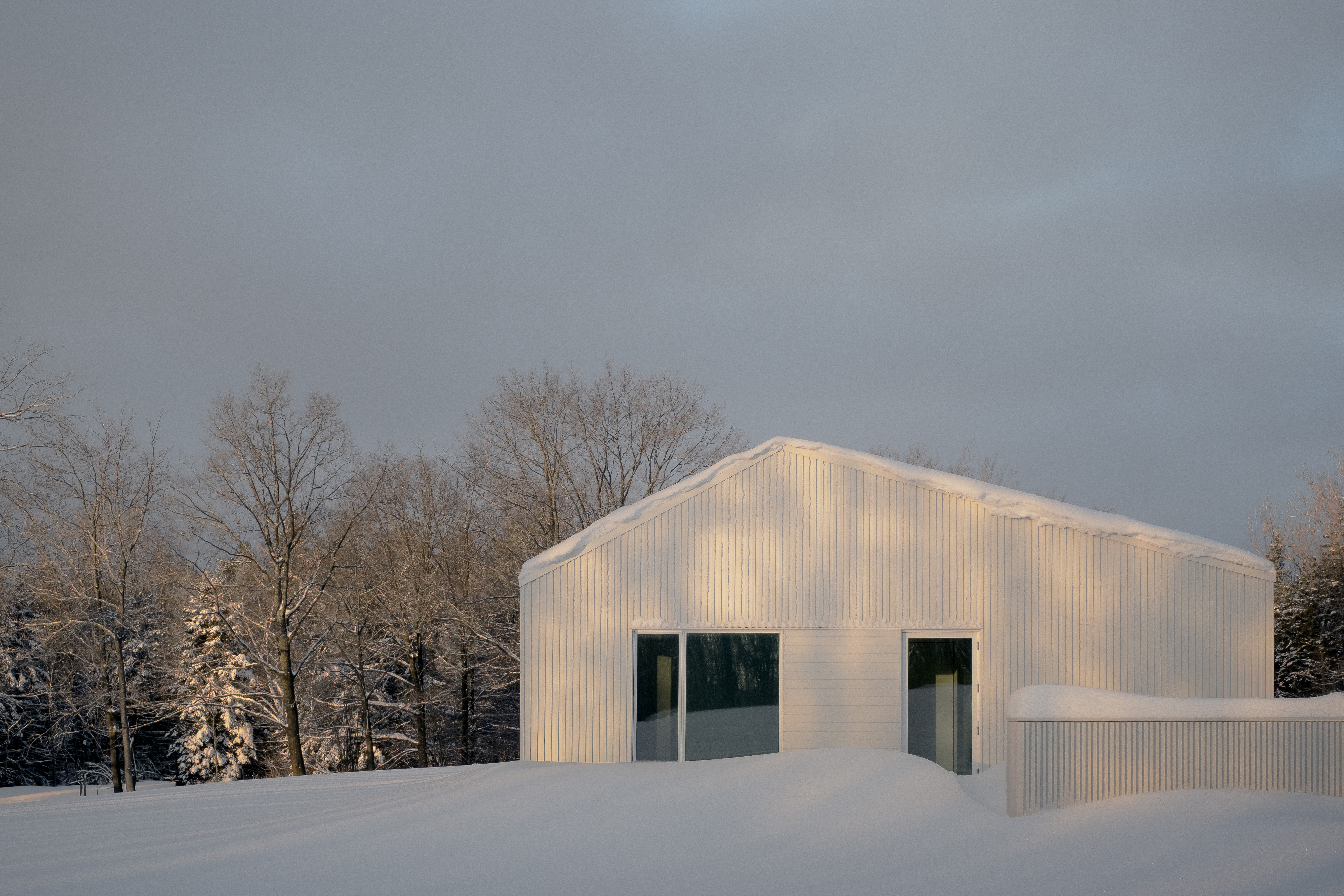 Cosy up in a snowy Canadian cabin inspired by utilitarian farmhouses
Cosy up in a snowy Canadian cabin inspired by utilitarian farmhousesTimbertop is a minimalist shelter overlooking the woodland home of wild deer, porcupines and turkeys
-
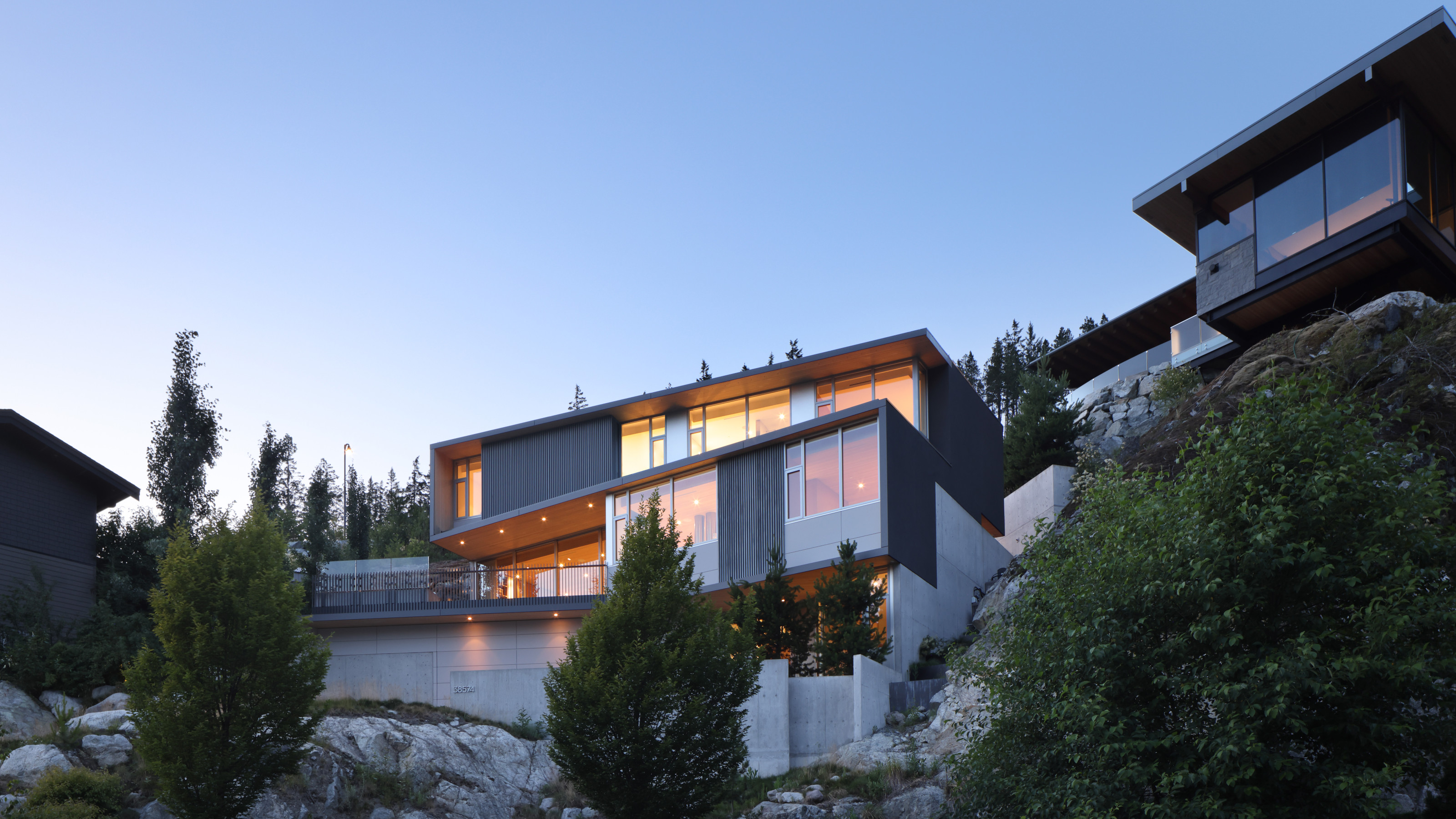 Buy yourself a Sanctuary, a serene house above the British Columbia landscape
Buy yourself a Sanctuary, a serene house above the British Columbia landscapeThe Sanctuary was designed by BattersbyHowat for clients who wanted a contemporary home that was also a retreat into nature. Now it’s on the market via West Coast Modern
-
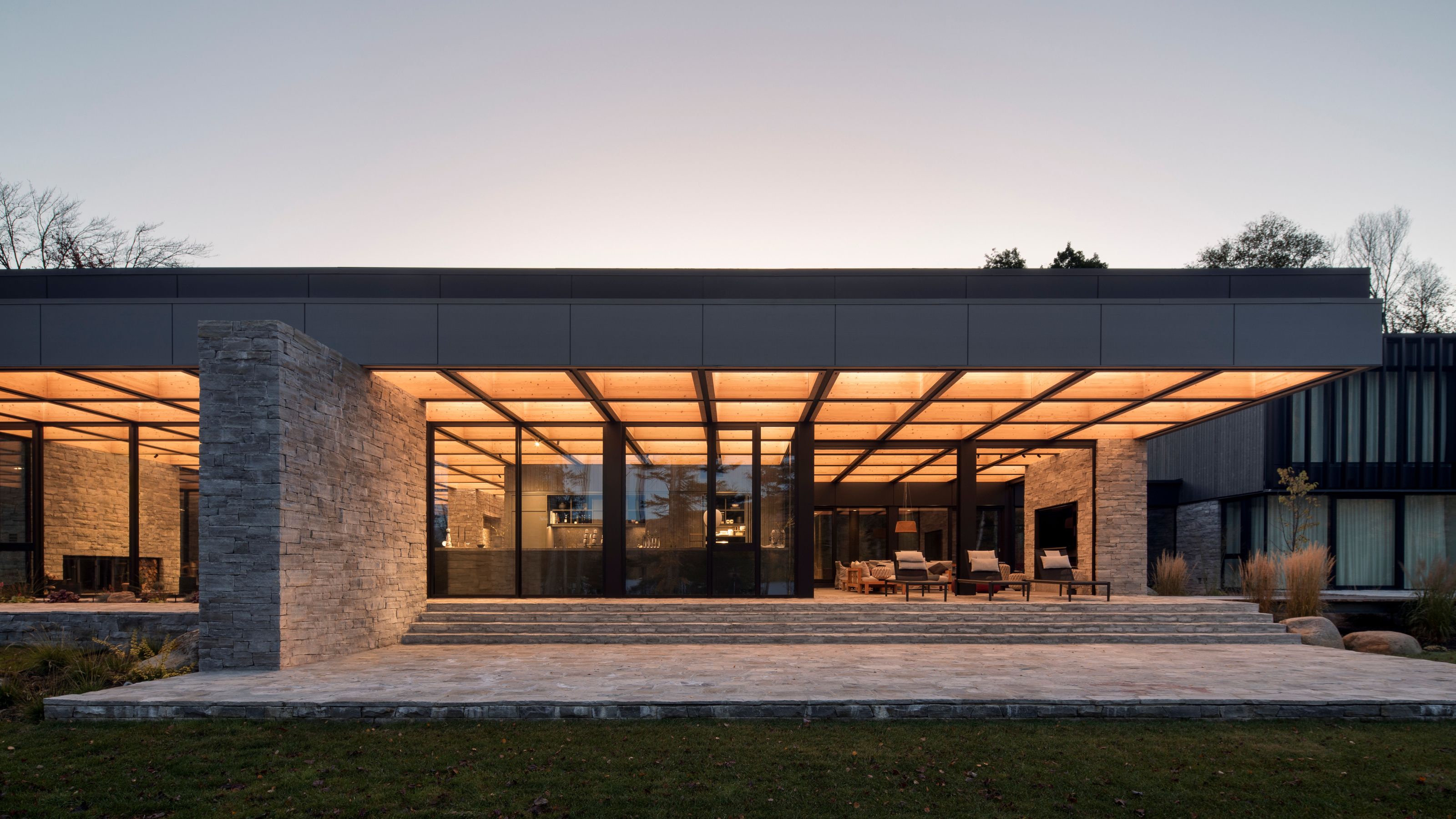 La Maison de la Baie de l’Ours melds modernism into the shores of a Québécois lake
La Maison de la Baie de l’Ours melds modernism into the shores of a Québécois lakeACDF Architecture’s grand family retreat in Quebec offers a series of flowing living spaces and private bedrooms beneath a monumental wooden roof
-
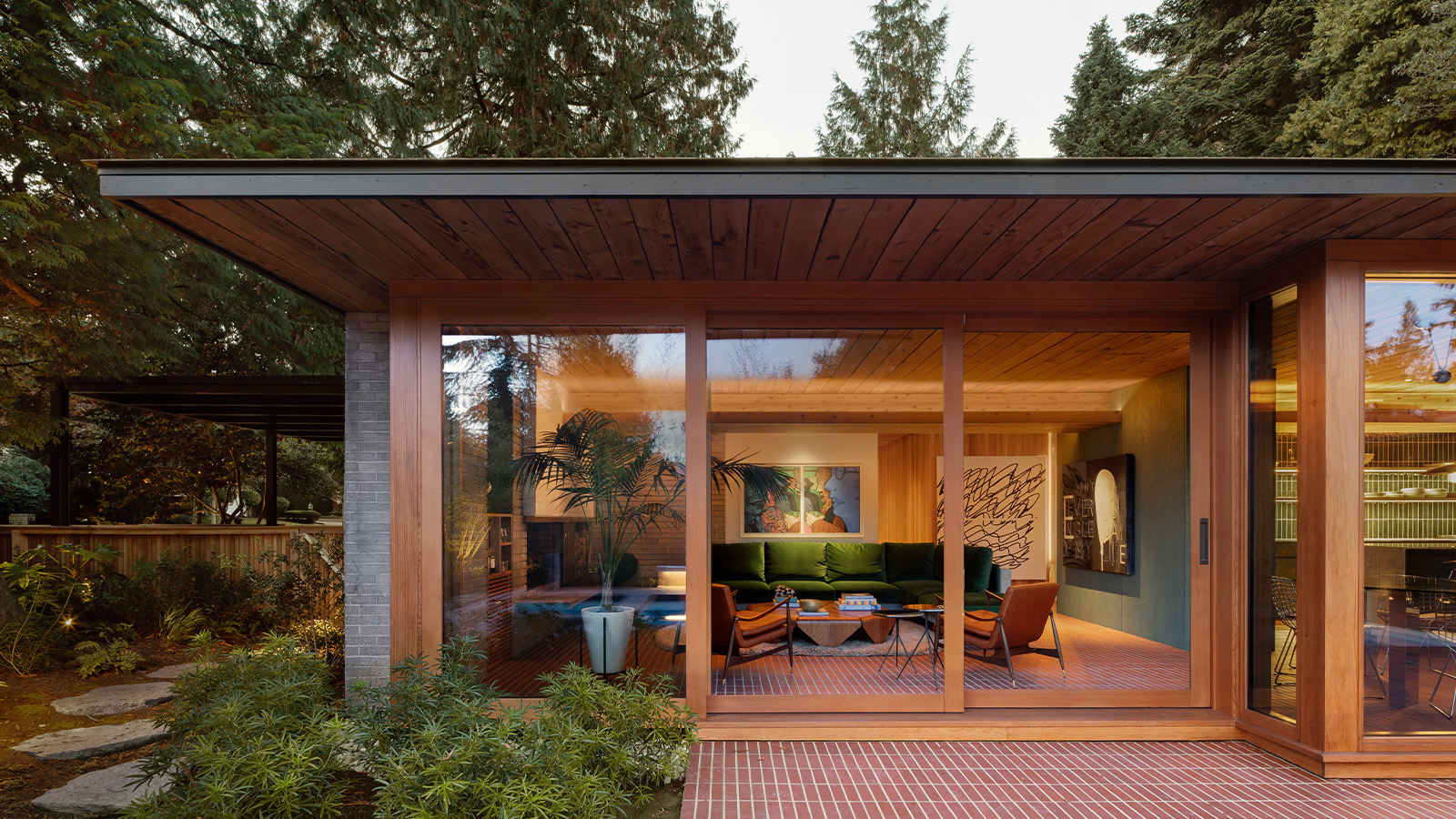 Peel back maple branches to reveal this cosy midcentury Vancouver gem
Peel back maple branches to reveal this cosy midcentury Vancouver gemOsler House, a midcentury Vancouver home, has been refreshed by Scott & Scott Architects, who wanted to pay tribute to the building's 20th-century modernist roots
-
 A spectacular waterside house in Canada results from a radical overhaul
A spectacular waterside house in Canada results from a radical overhaulSplyce Design’s Shoreline House occupies an idyllic site in British Columbia. Refurbished and updated, the structure has been transformed into a waterside retreat